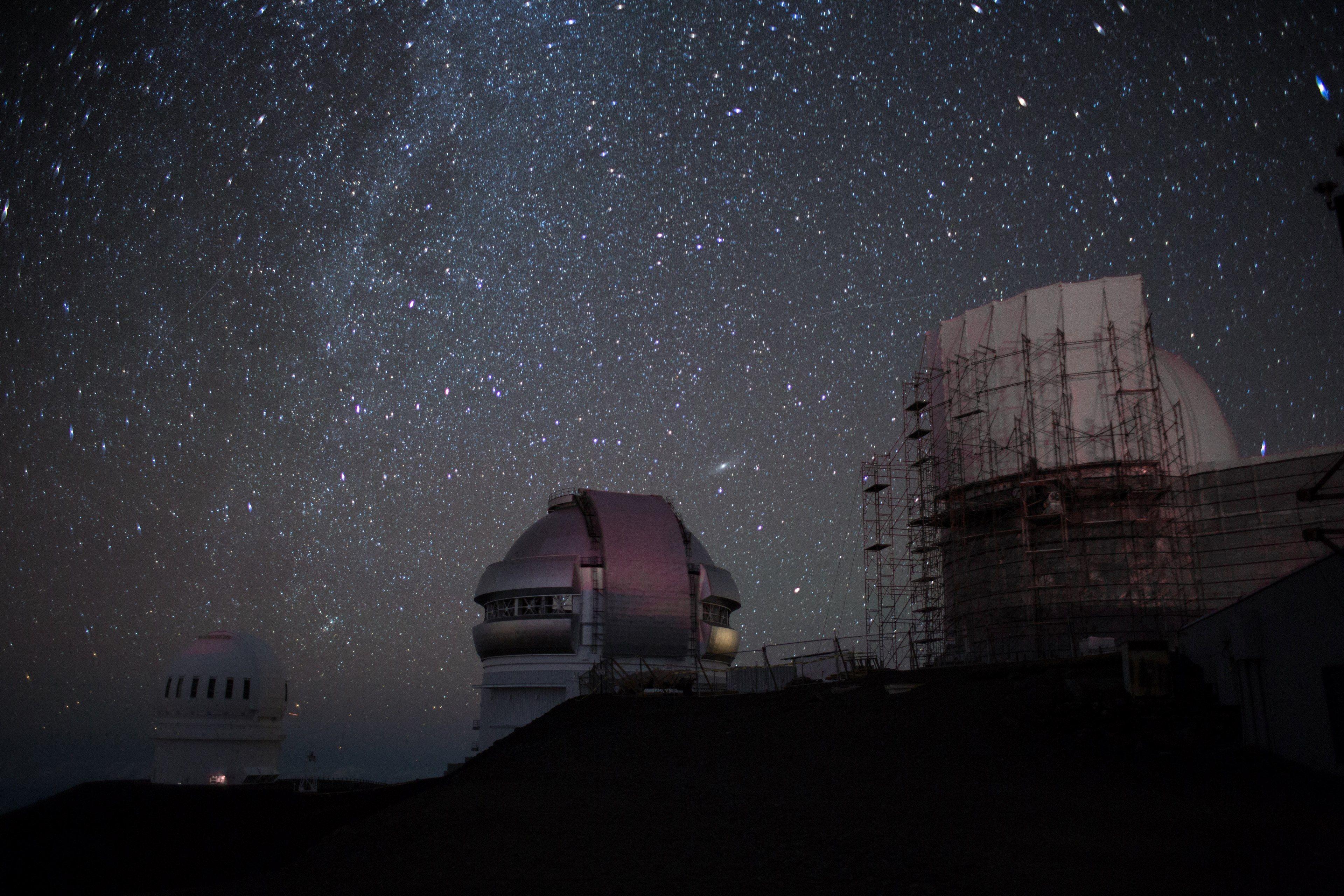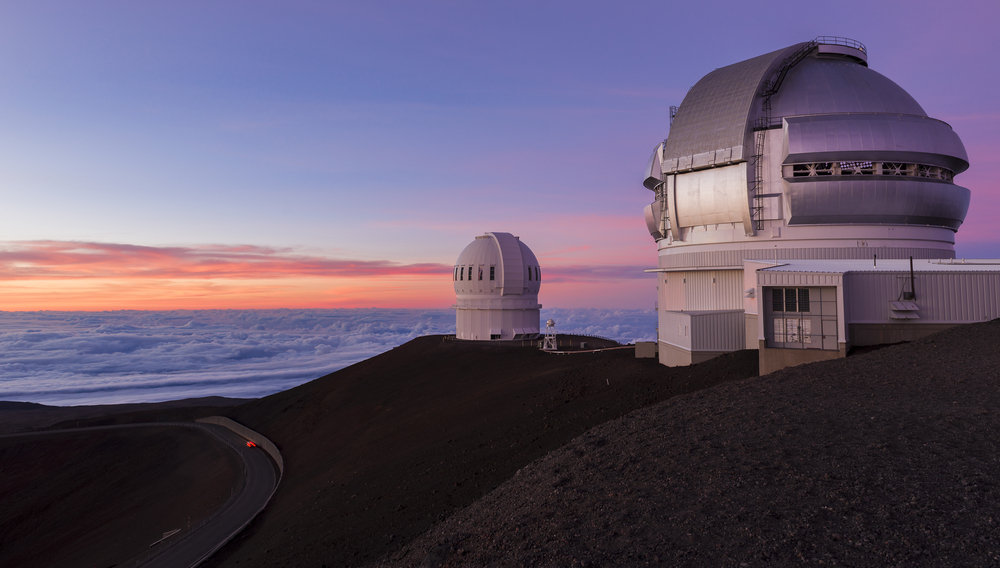

This article focuses on observatories working with health issues. The argument is made that observatories are proactive investigators, providing strong political messages that inform policy making. Lastly, although “observing” is an important component in the work of observatories, this article seeks to dispel any notion that observatories are purely passive. There has been a change in the language used for defining institutions: an old word has come to have a new application, and it is necessary to critically analyse the application and utility of this term. Thirdly, if the trend of labelling an increasing number of institutions “observatories” continues, then there is a danger of the title becoming clichéd and lacking in substance, which could detract from the value that the label “observatory” may lend to an institution. Regional health observatories can already be found in many parts of Europe (France, Italy, Belgium, Switzerland), and superficially these organisations seem to have much in common. Secondly, some joint understanding of what constitutes an observatory may facilitate negotiation and collaboration between public health observatories, other observatories, and potential international partners.

Experiences at the Northern and Yorkshire Public Health Observatory confirm that many health professionals and colleagues in other agencies are still unclear about what a public health observatory is.

Developing an established identity for observatories is essential, both to ensure that potential users and partners may effectively access their services, and that they adhere to their remit rather than becoming umbrella organisations for disparate functions. The functions of, for example, a cancer registry, are well understood, and the services and information that can be expected from them are clear. ReferencesĬoordinates: 55★1′56″N 3★8′58″W / 55.86556°N 3.98278°W / 55.86556 -3.Firstly, clarity about the nature of an institution, especially a new institution, is necessary to inform others’ expectations.
Timeline of telescopes, observatories, and observing technology. The observatory currently have 2 Honorary Curators Mr Paul Clark and Mr Arthur Bannister.Ĭontact can be made via or library roof is being replaced and we are waiting on a new dome to be fitted and the Cooke telescope to be re-instated. 2009Ĭuratorship passed to Airdrie Astronomical Association ( AAA) in 2009 in Partnership with Airdrie Public Library. ASTRA had been managing Airdrie Public Observatory on behalf of the local council until 2008 in the persons, amongst others, of Ian Downie, Robert Law, Duncan Lunan and Oscar Schwiglhofer. The Observatory was re-opened on 4 October 1978 ( Sputnik 1 anniversary) by Professor Vincent Reddish, Astronomer Royal for Scotland. They duly did and ASTRA repaired the telescope. This is when ASTRA stepped in (Ian Downie wrote to the local Council on 7 July 1977) and offered to repair the damage to the telescope and drive if the then Monkland's Council would fit a new dome. The Observatory was threatened with closure due to storm damage. Before the recent discovery of a receipt for this, local oral tradition had it that this was donated by Mr Coats of Coats Ironworks, Coatbridge, North Lanarkshire. A Cooke of York brass-bodied 6 inch refracting telescope was obtained by the observatory curator Ex- Baillie James Lewis for the sum of £500. It incorporated a new observatory dome on the library roof, and the original Dr Reid telescope was brought from the old observatory. 1925 25 SeptemberĪ new library was built, near the first purpose-built library, with financial assistance from Airdrie Savings Bank and a second Carnegie grant (this time from the Carnegie United Kingdom Trust). Robert Dunlop was the first Honorary Curator, followed shortly by Mr Peter Scotland. He also donated the sum of £35 to convert a top-floor room, where a dome was built on the roof of the building for it. Thomas Reid, an eminent Glasgow oculist, donated a 3 inch brass-bodied, refracting telescope to the town, and it was housed in the library. Roof dome site of original observatory on Anderson Street 28 Aprilĭr.







 0 kommentar(er)
0 kommentar(er)
